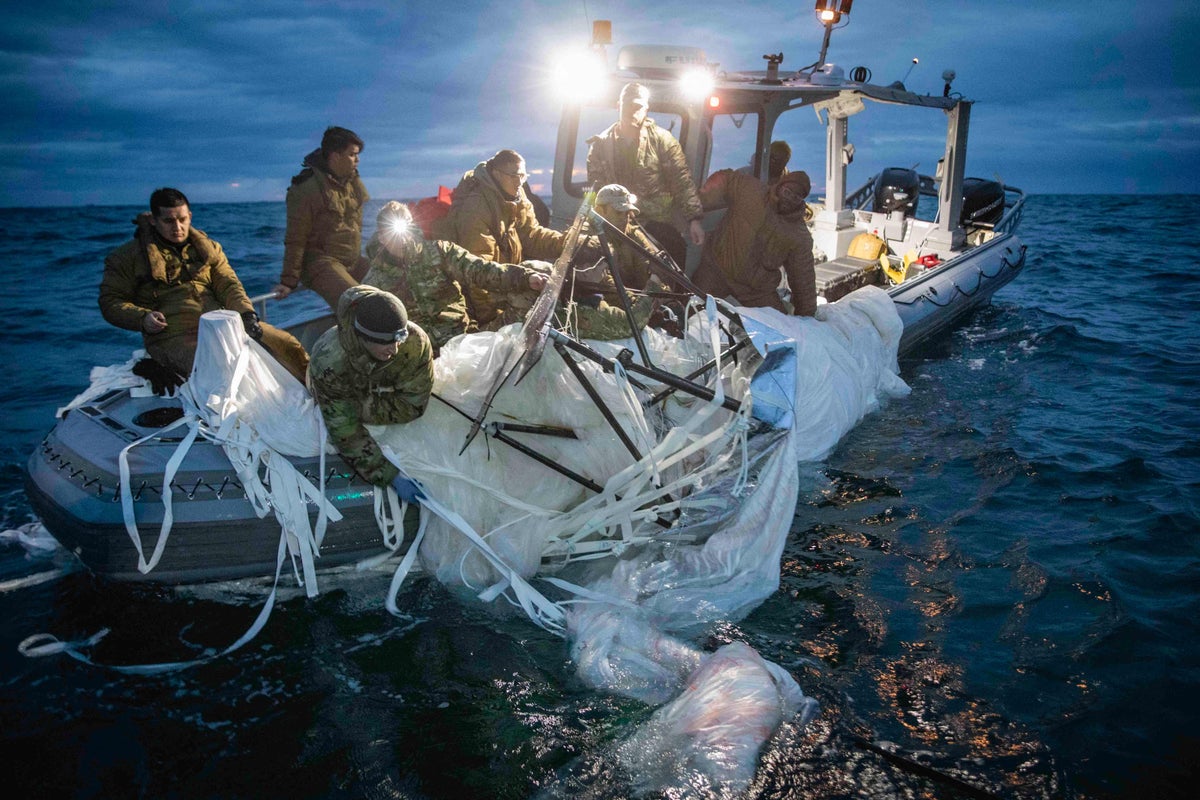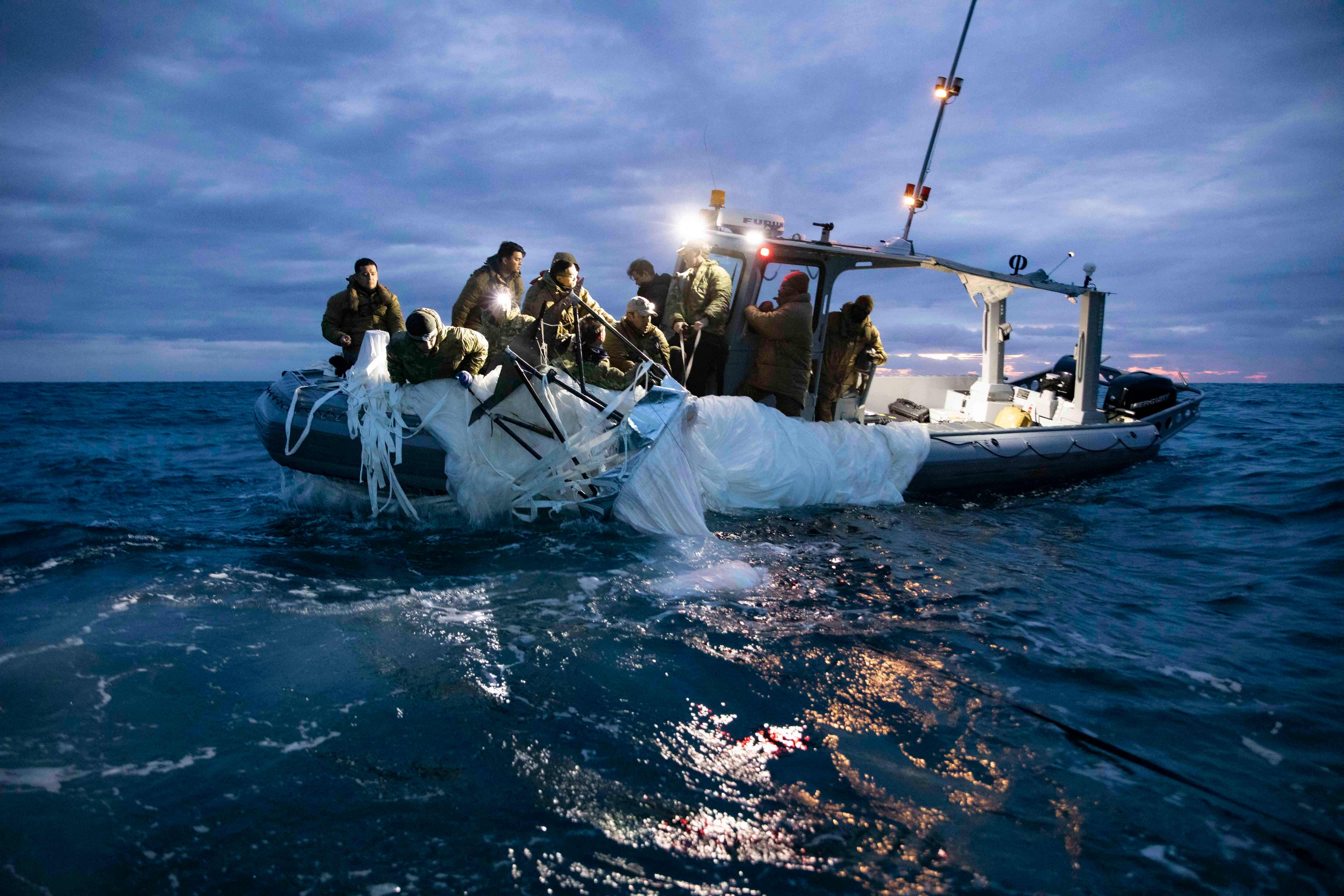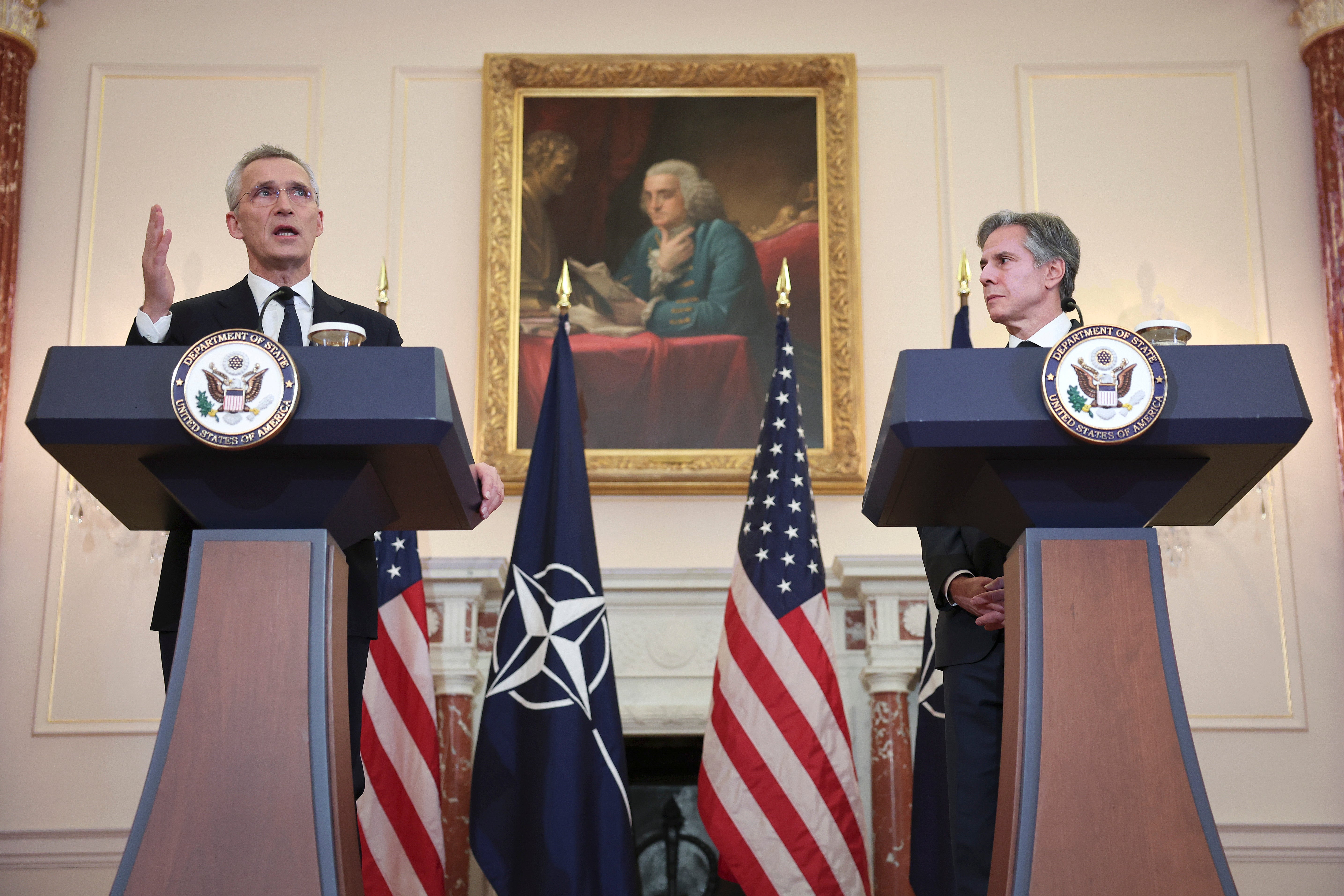
Chinese authorities have dismissed the Pentagon’s revelation that a high-altitude surveillance balloon shot down by the US military was part of China’s “larger” intelligence-gathering program, but the US Department of State believes the vessel was part of a Chinese military fleet that has performed similar operations in 40 countries across five continents.
In recent days, press reports and military officials have unveiled more details about the scale and scope of China’s surveillance operations, which include at least four other balloon sightings above the US in recent years, including three times during former president Donald Trump’s administration.
Pentagon press secretary Brigadier General Patrick Ryder told reporters on 8 February that the latest balloon incident is “part of a larger Chinese surveillance balloon program”.
After US Navy sailors salvaged the massive balloon after President Joe Biden ordered an F-22 fighter jet to shoot it down off the coast of South Carolina, federal investigators are studying the materials, which “will help us to continue to strengthen our ability to track these kinds of objects,” Mr Ryder said.
During a briefing on 9 February, Chinese Foreign Ministry spokesperson Mao Ning said the comments amount to “information warfare against China,” while Chinese authorities continue to insist that the balloon was a civilian weather research craft that drifted off course.
But State Department officials report that equipment from the aircraft “was clearly for intelligence surveillance and inconsistent with the equipment onboard weather balloons”.
The balloon was equipped with antennas that were “likely capable of collecting and geo-locating communications,” while solar panels on board were large enough to power “multiple active intelligence collection sensors,” according to the agency.

China’s defence minister refused to take a phone call from US Secretary of Defense Lloyd Austin to discuss the balloon, according to the Pentagon and officials in China.
“Given that this irresponsible and seriously erroneous approach by the US did not create a proper atmosphere for dialogue and exchanges between the two militaries, China did not accept the US proposal on the phone call between the two defence ministers,” according to Chinese defence ministry spokesman Tan Kefei.
US officials are exploring “action” against Chinese entities that supported the balloon’s construction, after military officials said that they believed that a company that manufactured the balloon has ties to China’s military, according to the State Department.
“We will also look at broader efforts to expose and address the [PRC’s] larger surveillance activities that pose a threat to our national security, and to our allies and partners,” according to a State Department official.
Nato secretary-general Jens Stoltenberg said the latest balloon incident “confirms a pattern of Chinese behaviour” using “different types of intelligence and surveillance platforms” around the world.
Speaking alongside US Secretary of State Antony Blinken in Washington DC, Mr Stoltenberg said world leaders face a “constant risk of Chinese intelligence” that challenges officials to “step up what we do to protect ourselves.”
“We need to react in a prudent, responsible and vigilant way,” he said. “It also highlights that security is not regional.”
Mr Blinken said that the US is recovering “more information almost by the hour” as investigators examine what was salvaged from the balloon after a F-22 fighter jet shot it down off the coast of South Carolina on Saturday.
“As we’ve noted as well, we’re not alone in this,” he said, pointing to intelligence reports revealing China’s global surveillance operation.
“We continue to look to China to act responsibly,” Mr Blinken said.

Earlier this week, White House national security adviser Jake Sullivan said that the Biden administration was able to retroactively identify the presence of Chinese balloons in US airspace during Mr Trump’s term after the president worked to enhance the nation’s “surveillance of our territorial airspace” once in office.
“We enhanced our capacity to be able to detect things that the Trump administration was unable to detect,” he said.
Glen David VanHerck, US Air Force general and commander of the United States Northern Command and the North American Aerospace Defense Command, told reporters on 6 February that “we did not detect those threats” in previous years.
“And that’s a domain awareness gap that we have to figure out,” he said. “Day to day we do not have the authority to collect intelligence within the [US] … In this case, specific authorities were granted to collect intelligence against the balloon specifically, and we utilize specific capabilities to do that.”
A team of FBI investigators at Quantico, Virginia began studying the shot-down balloon, which intelligence officials hope will shed more light on its capabilities, the intelligence it gathered and is capable of gathering, and who made it.
“When the balloon is in our hands, we can look at the technology, we can rebuild the supply chain, find out who helped build it, what components were important to it,” US Rep Jim Himes, the top Democratic lawmaker on the House Intelligence Committee, told CNN.
“Obviously you can tell its functions and specifications. There’s a very high intelligence value in having it,” he said.







